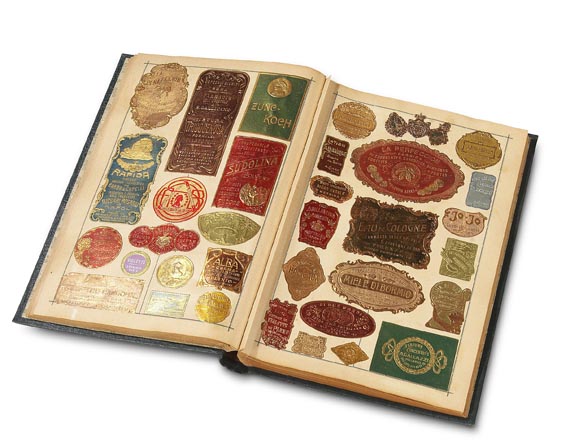Dictionary


Fiat money / Emergency money
Fiat money is emergency issue money printed and coined by governmental decree at times of need, such as wartime, to serve as a substitute for official currency. Since noble metals and mint machinery are lacking or in short supply at such times, emergency issues are usually rough, made of cheap paper, leather, wood, cloth and also in part from (base) metals or even porcelain. Emergency money was issued in Germany, especially after the first world war and the subsequent depression years. By the close of 1923, 500 trillions' worth of emergency money was in circulation. During the Deutsches Reich (Weimar Republic) and the ensuing period of galloping inflation, the amount of emergency money issued was mind-boggling. The Reichsbank was technically not up to the task of placing enough money at the disposal of the sick economy. Consequently, emergency money was issued and brought into circulation by districts, provinces and small communities as well as private businesses. Some of those banknotes are aesthetically very satisfactory in execution so that they are still interesting to collectors today. Emergency money occurs both as coins and as banknotes although nowadays there are more banknotes on the market for collectors.
Fiat money is emergency issue money printed and coined by governmental decree at times of need, such as wartime, to serve as a substitute for official currency. Since noble metals and mint machinery are lacking or in short supply at such times, emergency issues are usually rough, made of cheap paper, leather, wood, cloth and also in part from (base) metals or even porcelain. Emergency money was issued in Germany, especially after the first world war and the subsequent depression years. By the close of 1923, 500 trillions' worth of emergency money was in circulation. During the Deutsches Reich (Weimar Republic) and the ensuing period of galloping inflation, the amount of emergency money issued was mind-boggling. The Reichsbank was technically not up to the task of placing enough money at the disposal of the sick economy. Consequently, emergency money was issued and brought into circulation by districts, provinces and small communities as well as private businesses. Some of those banknotes are aesthetically very satisfactory in execution so that they are still interesting to collectors today. Emergency money occurs both as coins and as banknotes although nowadays there are more banknotes on the market for collectors.
Offers




